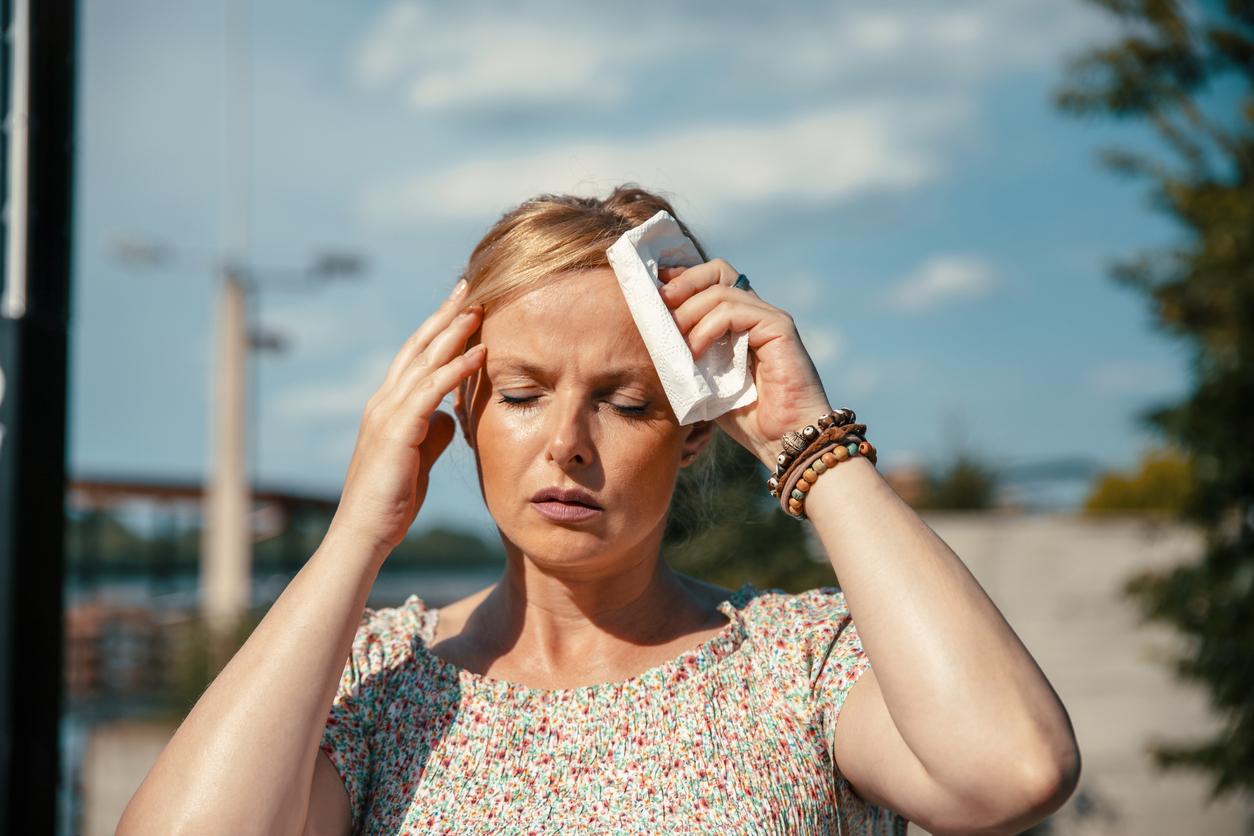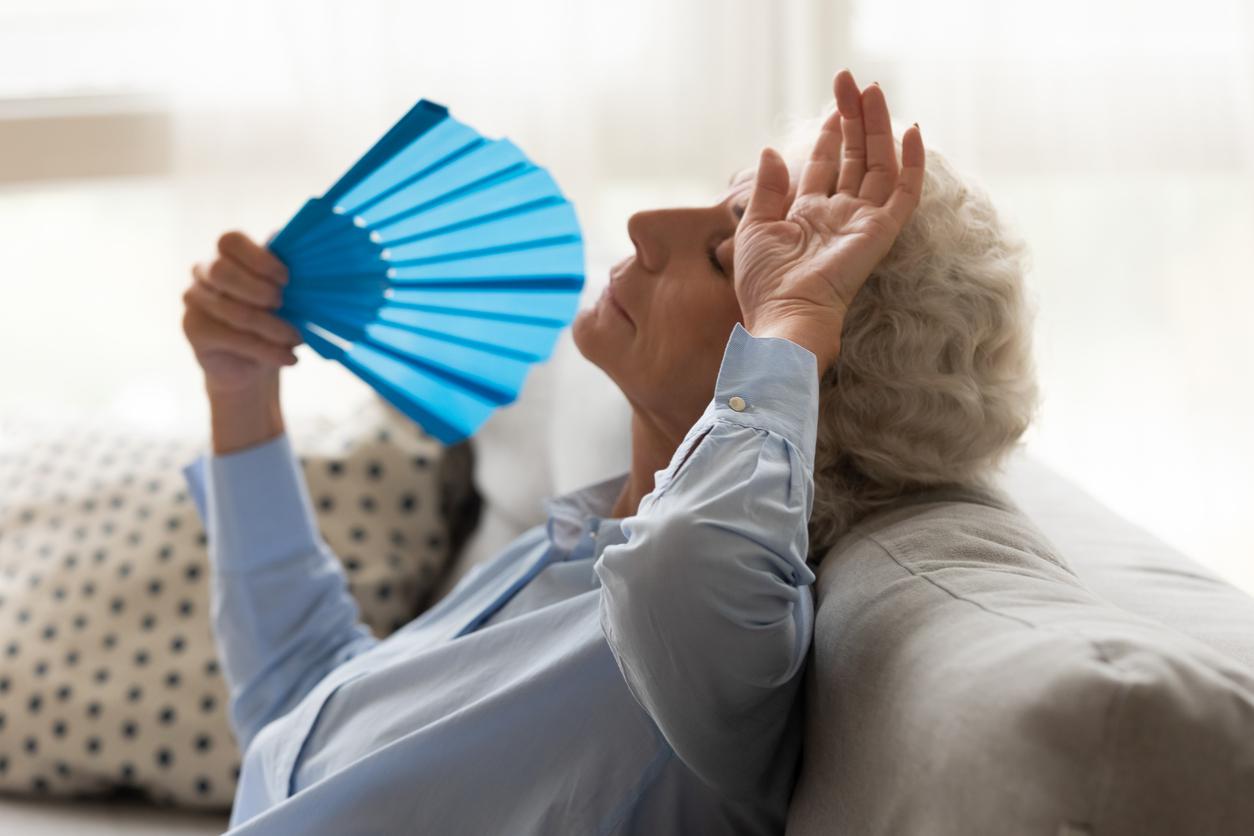We have been waiting impatiently for them for several months, the sun and the heat are finally back! Their arrival also marks the triggering of the 2013 heat wave plan. Its objective is to provide the most vulnerable people (isolated elderly people, children, manual workers, etc.) with increased vigilance during periods of extreme heat.
The heat wave plan has 4 levels:
– level 1 (green vigilance): “seasonal watch”,
– level 2 (yellow vigilance): “heat warning”, in the event of a significant probability of switching to orange vigilance in the following days,
– level 3 (orange vigilance): “heat wave alert”, triggered by the department prefects, in conjunction with the regional health agencies (ARS),
– level 4 (red vigilance): “maximum mobilization”.
In case of need, the emergency numbers to know are as follows:
– the “heat wave info service” telephone platform is accessible on 0 800 06 66 66 (free call from a landline) from Monday to Saturday from 8 am to 8 pm.
– the 15th (Samu),
– the 18 (Firemen),
– 112 (single European emergency number).
What to do in the event of a heat wave?
As every year, the National Institute for Prevention and Health Education (inpes) publishes its recommendations in the event of extreme heat:
– Wet your skin several times a day while providing slight ventilation.
– Drink about 1.5 L of water per day; if there are difficulties in swallowing liquids, do not hesitate to take water in solid form by consuming fruits (melon, watermelon, plums, grapes, citrus fruits) or even gelled water.
– Do not consume alcohol, nor drinks with a high content of caffeine or sugar.
– Eat normally (fruits, vegetables, bread, soup, etc.) even without feeling hungry.
– Keep your house away from heat.
– Spend several hours a day in a cool or air-conditioned place.
– Do not go out during the hottest hours of the day.
– Give news to those around you and do not hesitate to see your doctor or ask neighbors for help as soon as it is necessary.
















